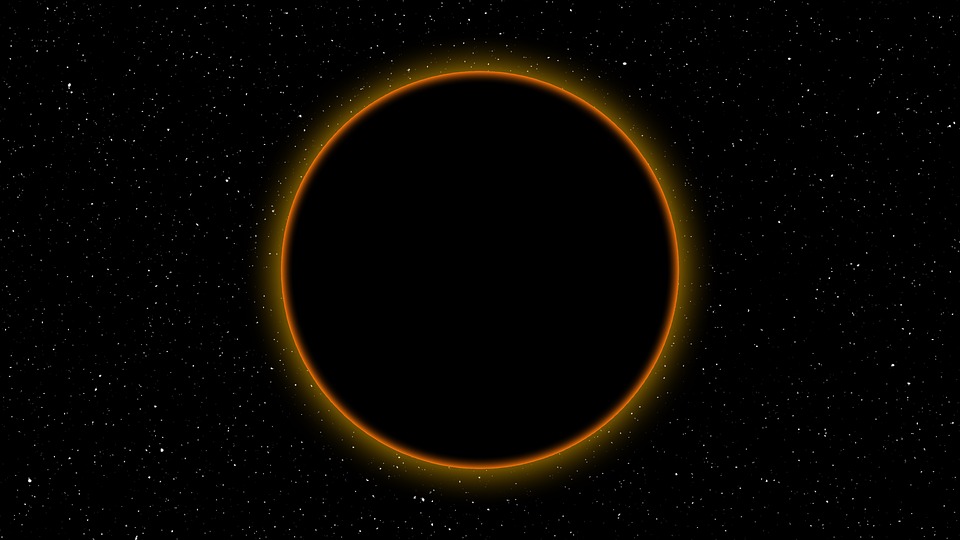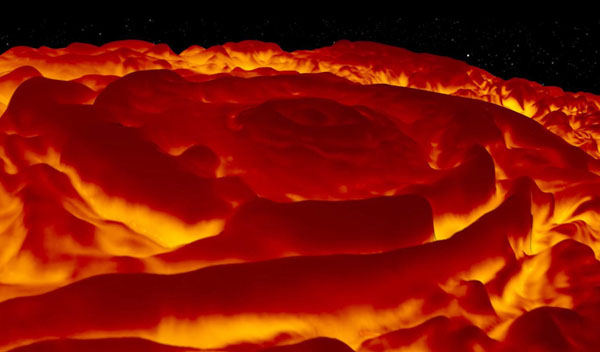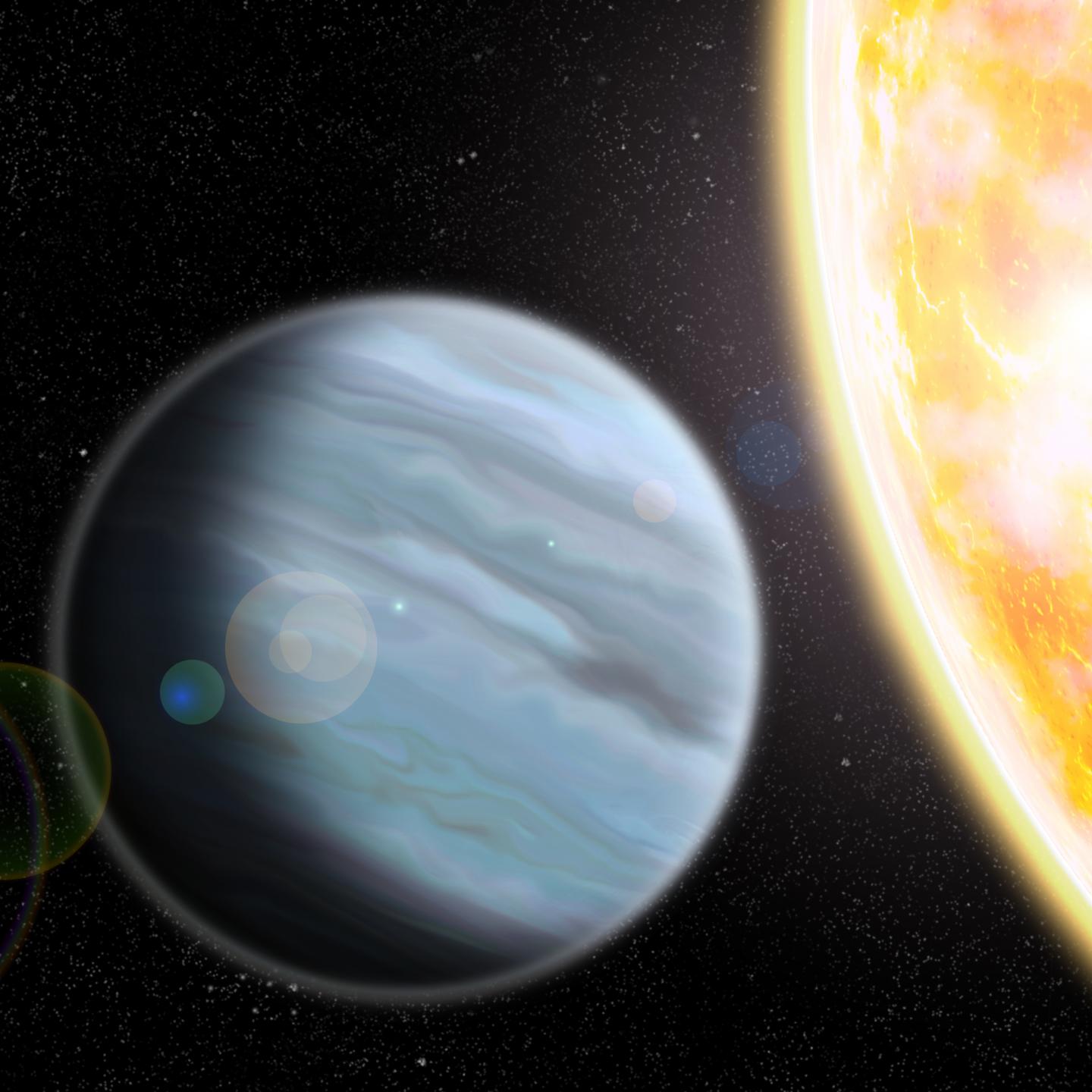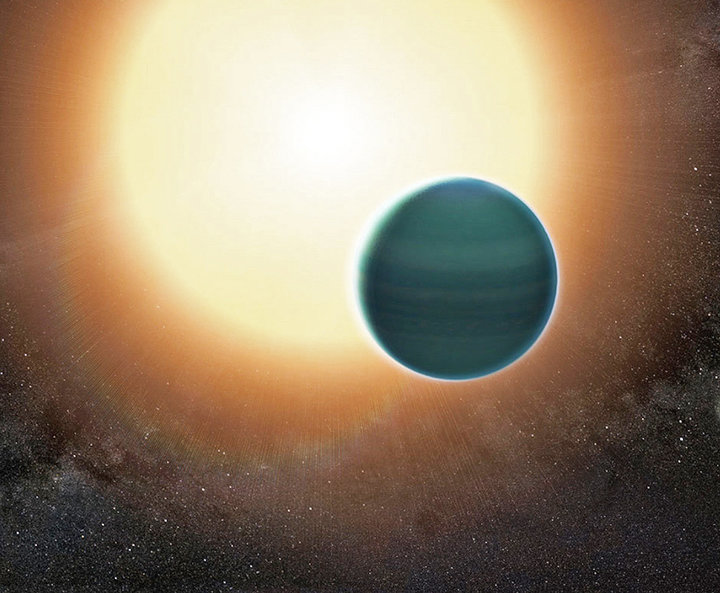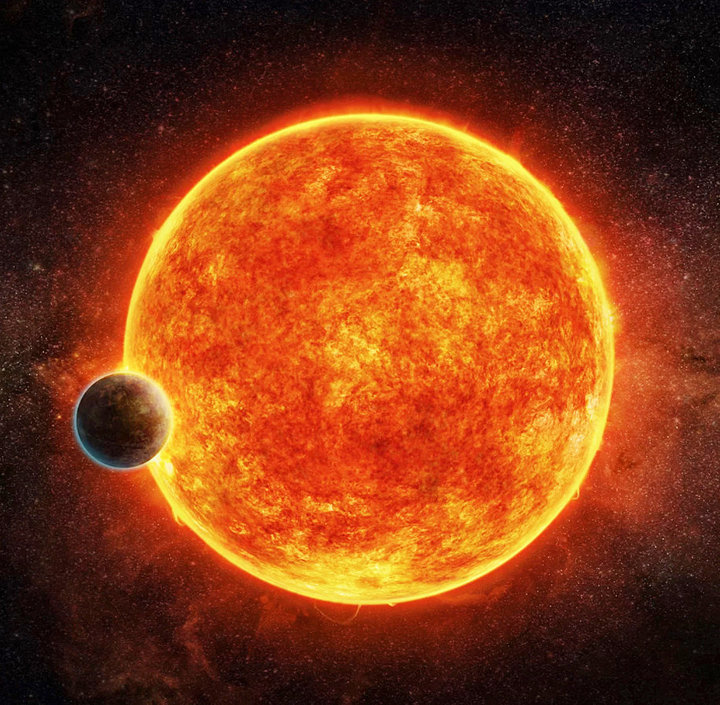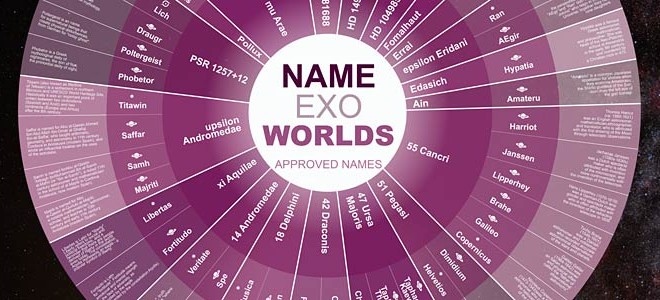SPACE: The Darkest Planet
There’s a planet the size of Jupiter whipping around a star 466 light-years away from Earth, and it might be the color of plums, or dying embers or, well … just about anything else. Researchers don’t know for sure, because the massive, gassy world is one of the darkest planets astronomers have ever detected. According to a new paper posted April 17 in the preprint journal arXiv, the planet known as WASP-104b is “darker than charcoal” and may swallow up to 99 percent of the light its local star sheds upon it. “From all the dark planets I could find … Read more



